We use cookies to help you navigate efficiently and perform certain functions. You will find detailed information about all cookies under each consent category below.
The cookies that are categorized as "Necessary" are stored on your browser as they are essential for enabling the basic functionalities of the site. ...
Necessary cookies are required to enable the basic features of this site, such as providing secure log-in or adjusting your consent preferences. These cookies do not store any personally identifiable data.
Functional cookies help perform certain functionalities like sharing the content of the website on social media platforms, collecting feedback, and other third-party features.
Analytical cookies are used to understand how visitors interact with the website. These cookies help provide information on metrics such as the number of visitors, bounce rate, traffic source, etc.
Performance cookies are used to understand and analyze the key performance indexes of the website which helps in delivering a better user experience for the visitors.
Advertisement cookies are used to provide visitors with customized advertisements based on the pages you visited previously and to analyze the effectiveness of the ad campaigns.
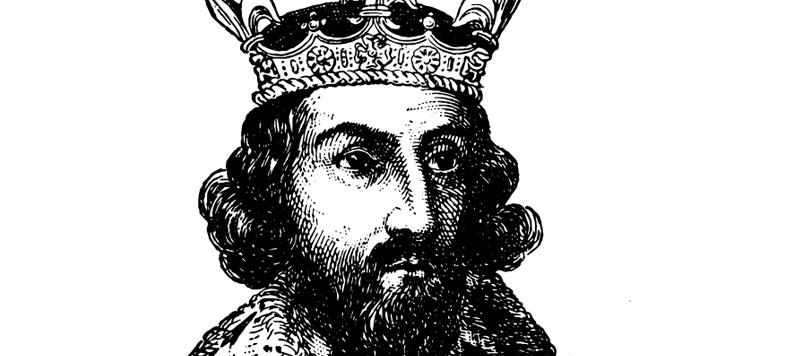
According to legend, King Alfred stayed at this location in the year 890. However, the first concrete evidence of a Royal Domicile dates back to the reign of Ethelred the Unready (976-1016), who held at least one council (Witan) at the same place. This implies that there must have been a lodge or some sort of palace that was big enough to house the King and his associates. Unfortunately, the building is no longer standing, and the exact location is unknown. The arrival of Norman Kings brought about great changes to the Country and its inhabitants. The sport of hunting became very
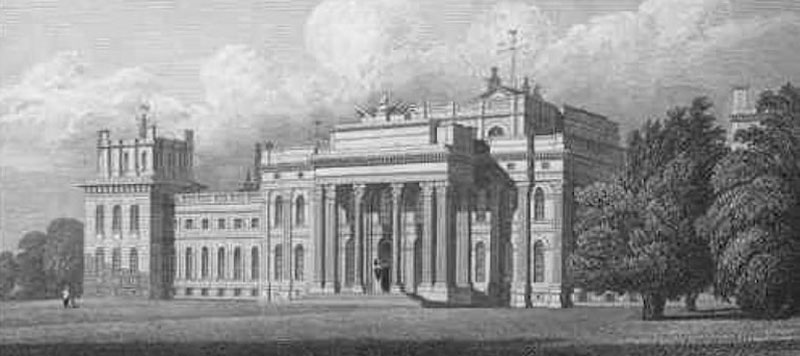
Henry I, William the Conqueror’s youngest son, is credited with the construction of the original Blenheim Park enclosure. Although the old wall has partially crumbled, remnants of it can still be spotted on the grounds. Additionally, within the enclosure, there was a manor located on the hill across from the current palace’s lake. After Henry I’s passing, the country was gripped by nineteen years of civil war and disorder until Henry II took the throne in 1154. Henry II alongside his wife Eleanor D’Aquitaine, exercised authority over a vast territory spanning from England to the Pyrenees in Southern France. During his stay at Woodstock with his mistress, ‘The Fair Rosamund,’ Henry II granted parcels of land to build
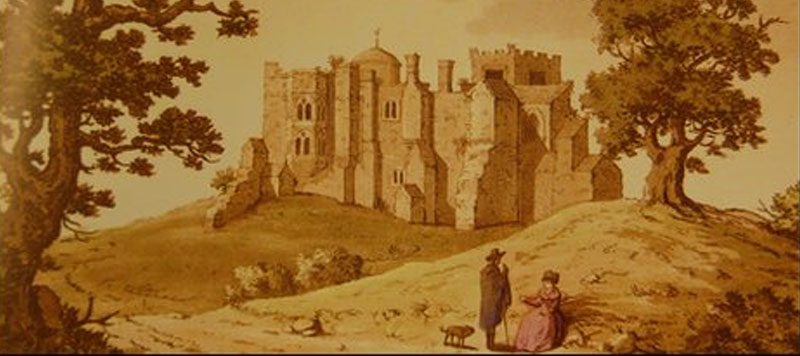
By the Thirteenth century, Woodstock had developed into a significant town, and it was eventually taxed as a borough. On May 24th, 1453, Henry VI’s charter officially established this status. The old manor, which had likely sustained significant damage during The Civil War, remained standing until 1715. However, Sarah, the
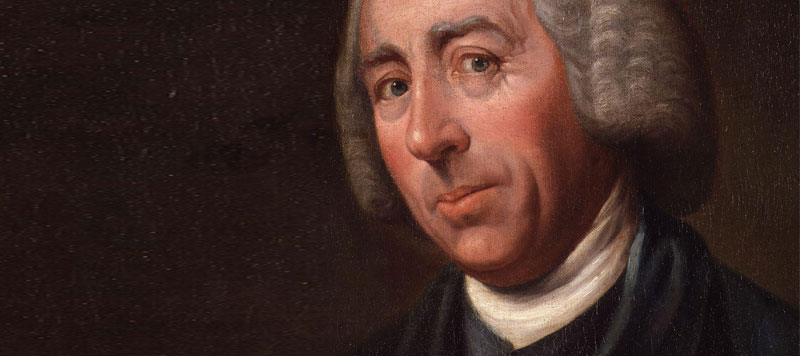
The Palace, as we know it today, was constructed in 1715 by the talented architect, Vanbrugh. Capability Brown also lent his hand in the creation of the Palace’s beautifully landscaped park. Following the construction of the Palace, many new buildings began to emerge in Woodstock, including the transformation of old timber-framed structures into contemporary buildings with coursed stone exteriors and slate roofs made from Stonesfield’s nearby resources. This period marked the rise of two unique crafts in Woodstock – glove making and decorative steelwork. The local steel, which was made from horseshoe nails, was cut and transformed into stunning jewellery and other ornamental pieces.
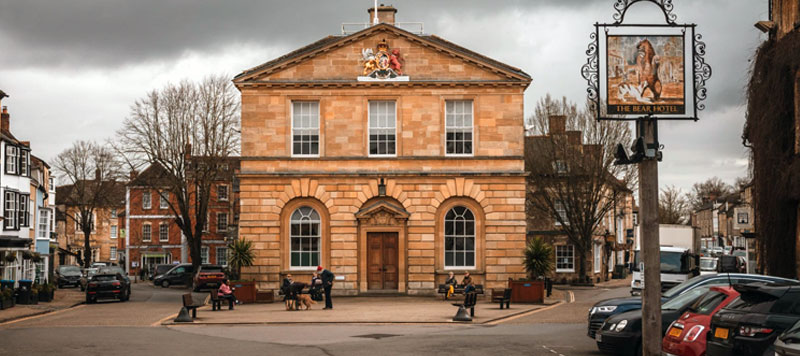
The Town Hall was designed by Sir William Chambers in 1766, under commission from the 4th Duke of Marlborough. The sundial on the south wall is believed to have come from the previous market cross.
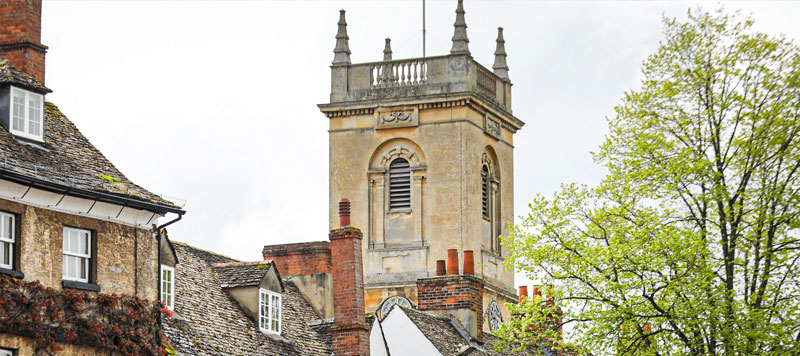
The town has a rich history, dating back to pre-Conquest times and closely linked to a royal manor and ducal palace. Despite this, the town has developed its own unique character through the manufacturing of gloves, bells, and steel products. Today, visitors can admire the fine church, elegant houses, and substantial inns that are a testament to the market town’s prosperity. There is an array of wonderful places to visit, shop, eat, drink, and stay that encompasses the town’s charm.
HTML Sitemap - XML Sitemap - Privacy Policy - Cookies - Website supported by Technique Web
Notifications